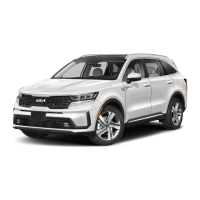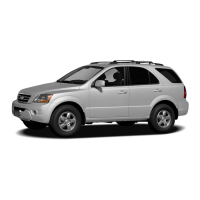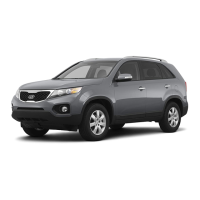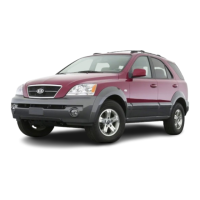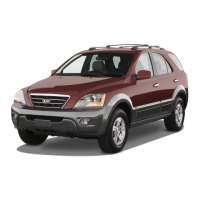Maintenance
627
Tyres and wheels
matches the recommended pres
-
sure on the tyre and loading
information label, no further
adjustment is necessary. If the
pressure is low, add air until you
reach the recommended amount.
If you overfill the tyre, release air
by pushing on the metal stem in
the centre of the tyre valve.
Recheck the tyre pressure with
the tyre gauge. Be sure to put the
valve caps back on the valve
stems. They help prevent leaks by
keeping out dirt and moisture.
䳜 Inspect your tyres frequently for
proper inflation as well as wear
and damage. Always use a tyre
pressure gauge.
䳜 Tyres with too much or too little
pressure wear unevenly causing
poor handling, loss of vehicle con
-
trol, and sudden tyre failure lead
-
ing to accidents, injuries, and even
death. The recommended cold
tyre pressure for your vehicle can
be found in this manual and on
the tyre label located on the
driver's side centre pillar.
䳜 Worn tyres can cause accidents.
Replace tyres that are worn, show
uneven wear, or are damaged.
䳜 Remember to check the pressure
of your spare tyre. Kia recom
-
mends that you check the spare
every time you check the pres
-
sure of the other tyres on your
vehicle.
Tyre rotation
To equalise tread wear, it is recom
-
mended that the tyres be rotated
every 10,000 km (6,500 miles) or
sooner if irregular wear develops.
During rotation, check the tyres for
correct balance.
When rotating tyres, check for
uneven wear and damage. Abnormal
wear is usually caused by incorrect
tyre pressure, improper wheel
alignment, out-of-balance wheels,
severe braking or severe cornering.
Look for bumps or bulges in the
tread or side of tyre. Replace the
tyre if you find either of these con
-
ditions. Replace the tyre if fabric or
cord is visible. After rotation, be
sure to bring the front and rear tyre
pressures to specification and check
lug nut tightness.
Refer to "Tyres and wheels" on page
7-60.
With a full-size spare tyre (if equipped)

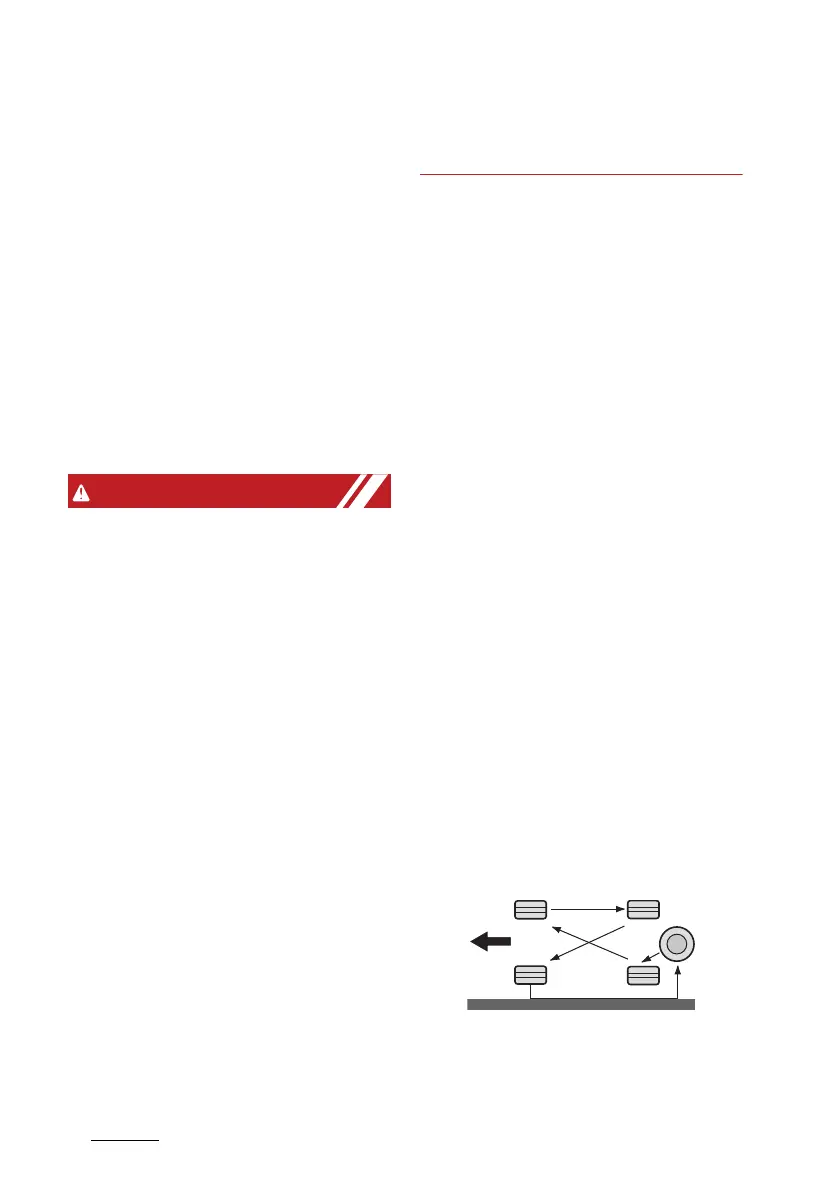